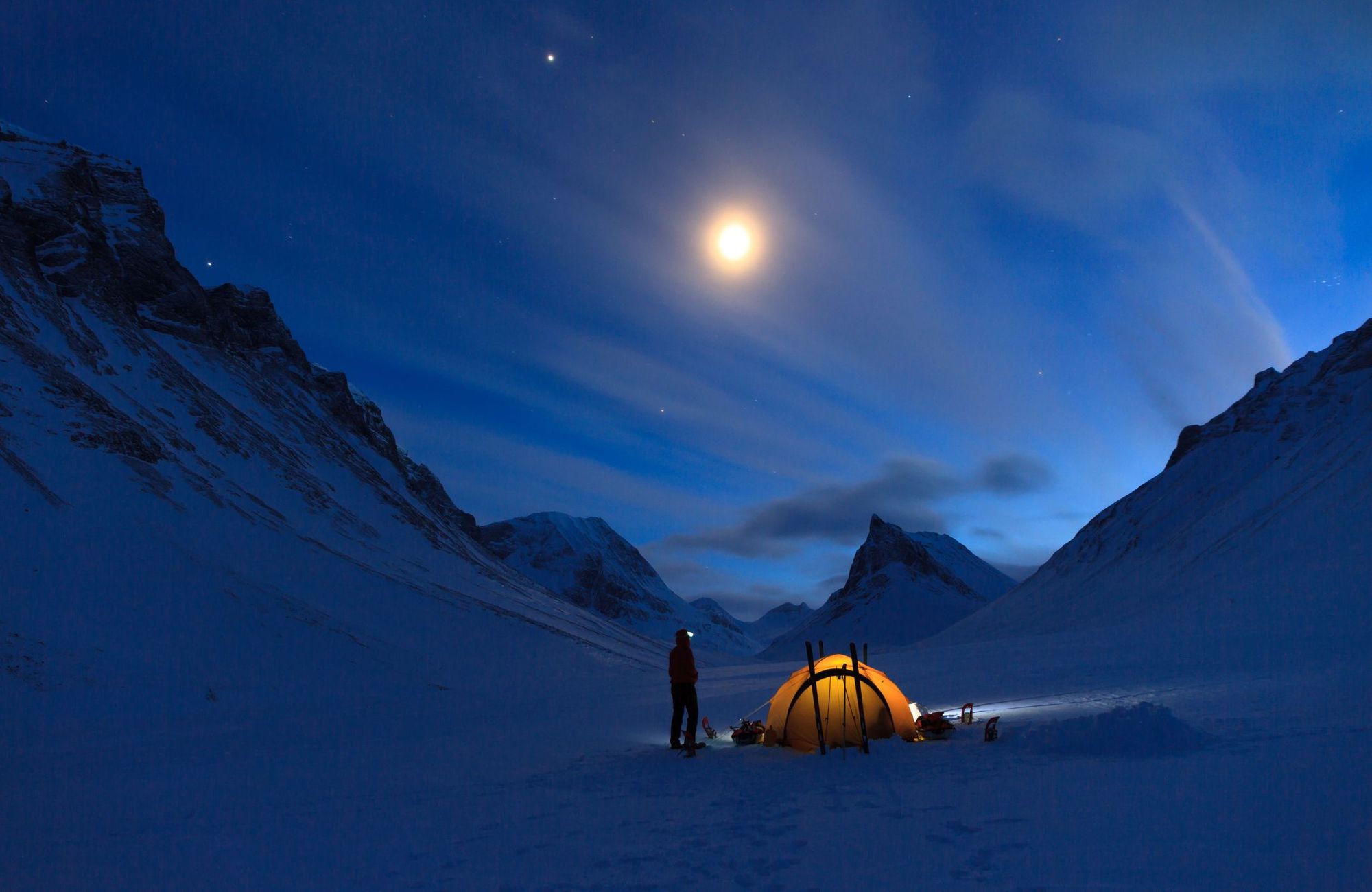The clue is really in the name – if you’re camping in the Arctic, it’s going to be cold; very cold. As such, the “less is more” approach to packing that you might adopt when camping in warmer climates really doesn’t apply here.
There is only so much that you can do to economise on kit, and getting it wrong can mean the difference between having a life-affirming, exhilarating experience at one end of the scale, and a life-threatening one – with a detour via frostbite – at the other.
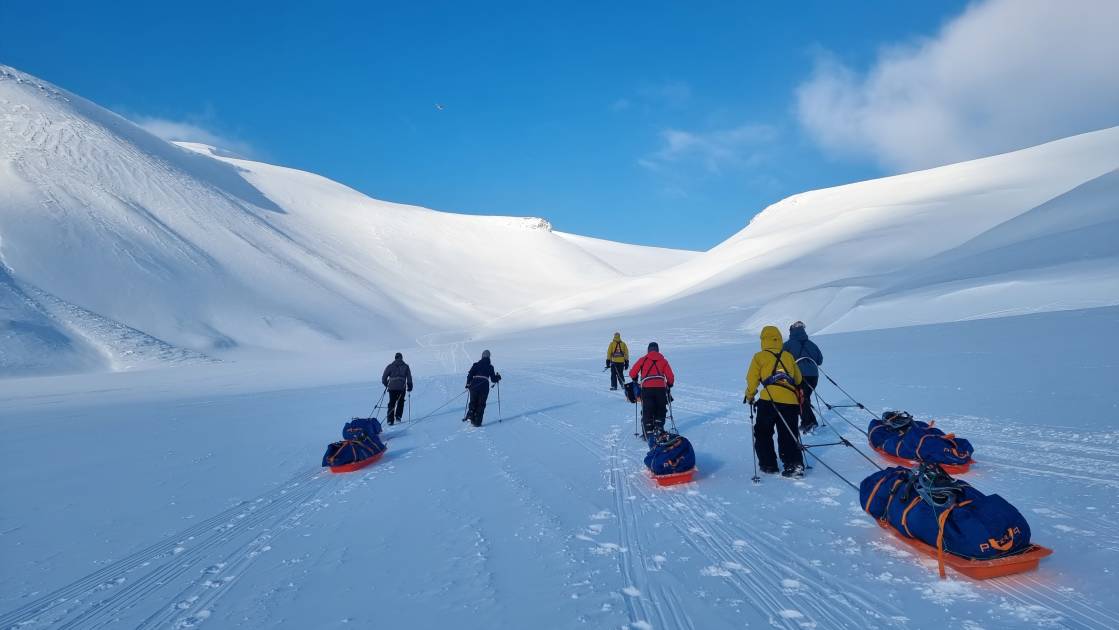
On my recent trip to Svalbard, I spent nights camping in both an ice cave and in a tent, where temperatures dropped to around -30°c (excluding windchill).
The list of things that you will need for a fun and safe trip to go camping in the Arctic camping is long. But here, I’ve set out my five must-have items to pack.
1. A good quality down jacket
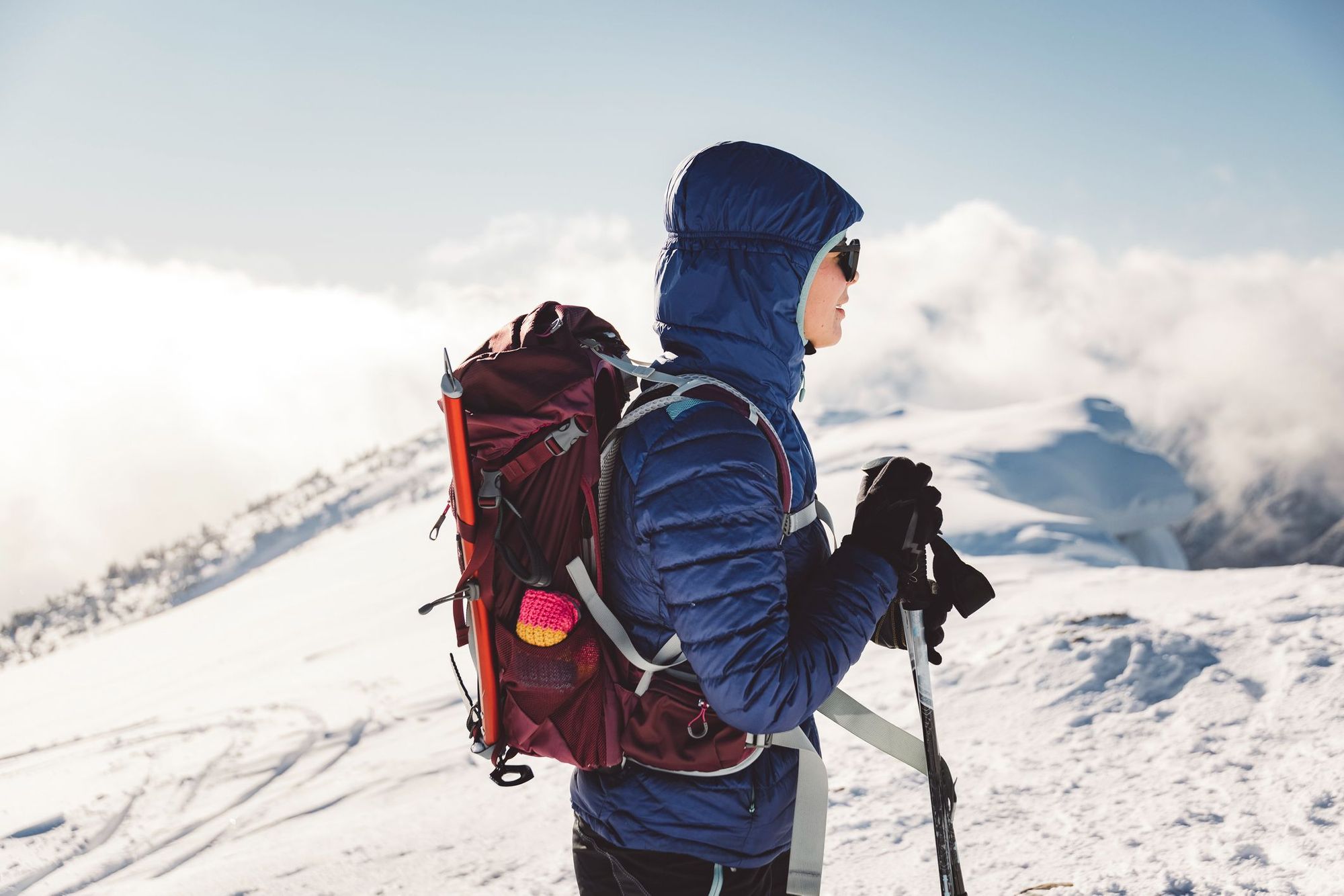
You will probably find it too warm to wear your large down jacket when you are hiking or physically exerting yourself. I found that a base layer, mid-layer fleece and windproof shell were just the ticket. But as soon as you stop or find yourself sitting around in camp, the cold will hit you like a wall.
You will want to put your down jacket on almost as soon as you stop exerting yourself, to keep your body temperature up. I took the Rab Batura jacket which, whilst neither cheap nor small, was brilliant and kept me comfortably warm below -25°c. As this will be the cornerstone of your warmth system, it is not one to economise on.
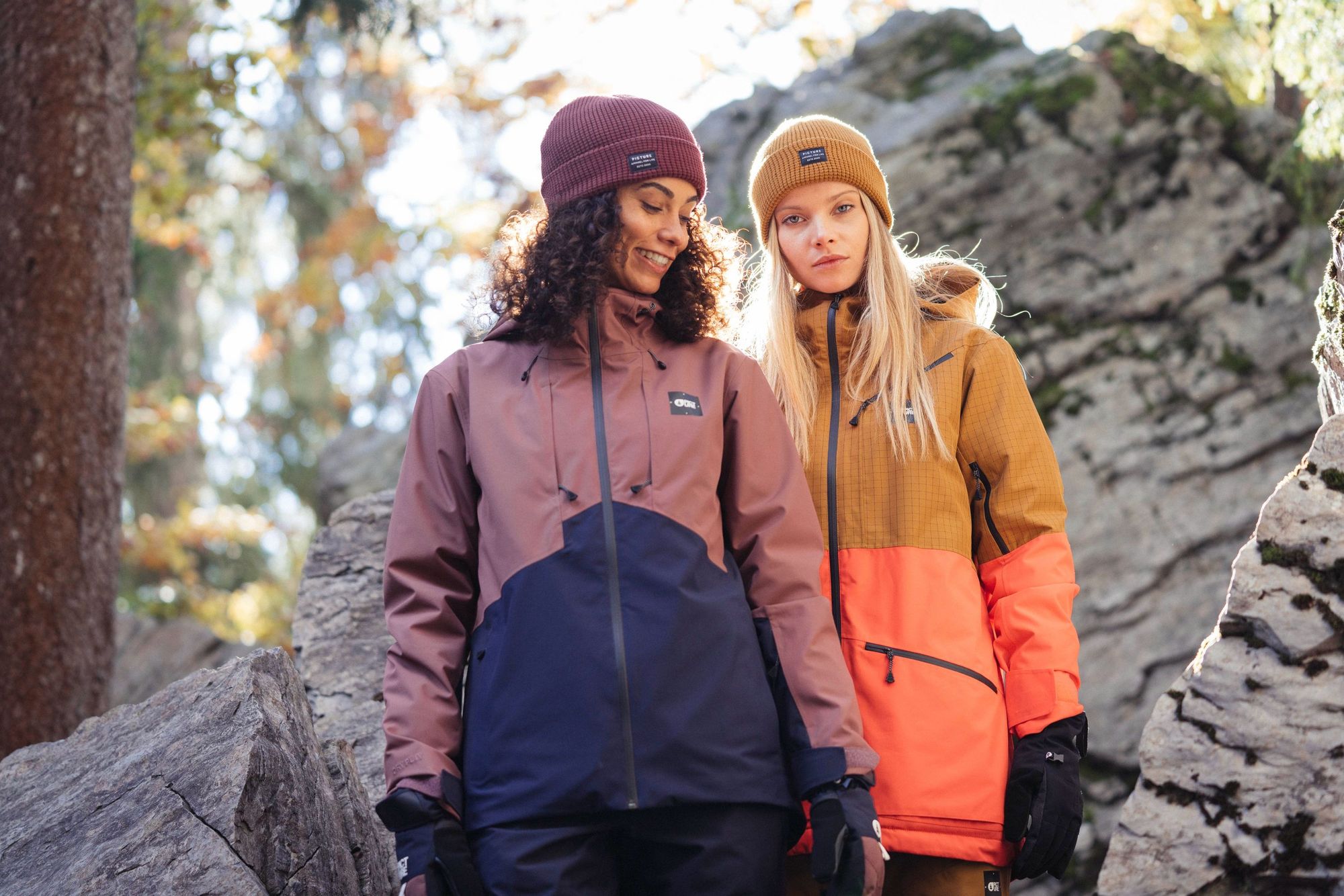
2. Hand and feet warmers
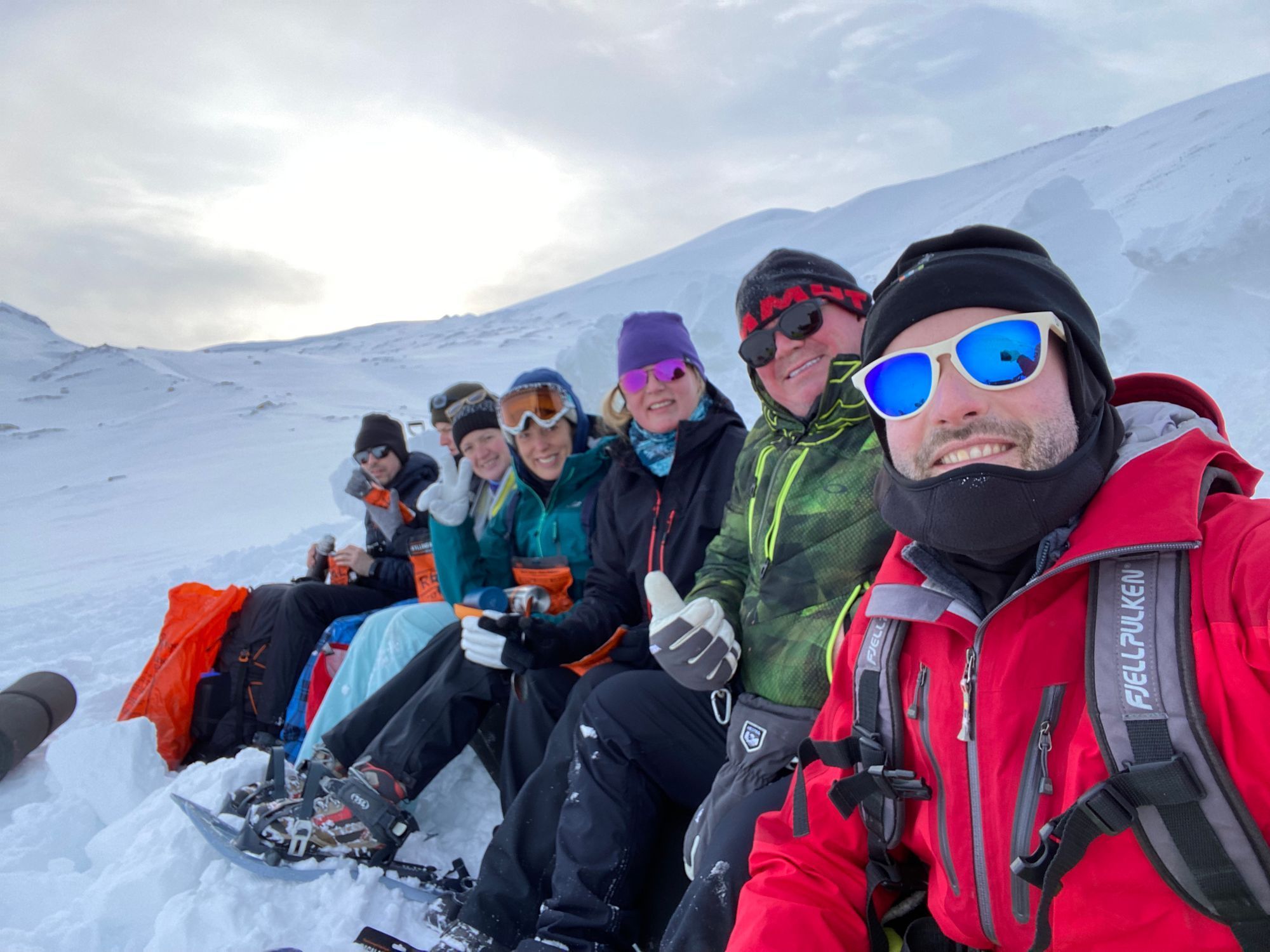
The odd thing about these tea bag shaped warming pads is that they work the wrong way around. Many are activated by movement – the more you move, the hotter you (and they) get. This seems odd, as you’d think that their warmth was needed most when you’re not exerting yourself. Some members of my group found themselves victims of this thermal quirk and had to stop during a hike to take out feet warmers that were actually burning their feet.

Nonetheless, they are useful to have to pop in your boots when pottering around in camp, or to put in your gloves throughout the day. They will give you that little bit more comfort, and as they come in generous multi-packs, doling out any spares is a sure-fire way to make friends.
3. A proper sleeping bag, mat and tent
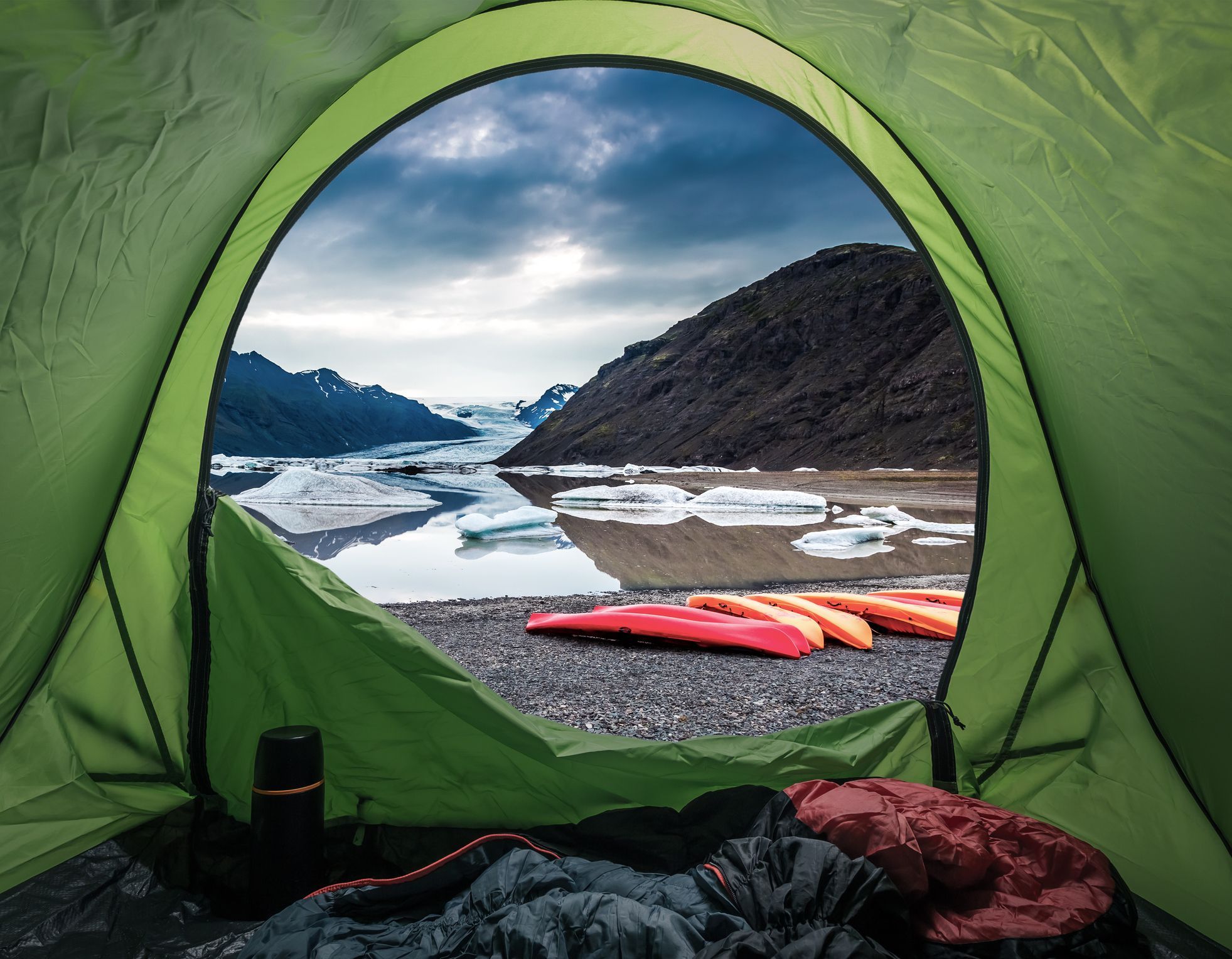
I appreciate that this is three items, but bear with me here.
Unless you are supremely confident in the quality of your kit, and have tested it previously in similar conditions, there is little benefit in bringing your own sleeping bag, mat or tent. They will be bulky items in your hold baggage and there is no guarantee they will be suitable for the conditions anyway.
On the other hand, your guides will be able to rent you a sleeping bag, thermal sleeping bag liner, roll mat and tent (and probably other bulky items of kit) for a modest fee - and you know that they will be suitably-rated for the conditions.
As with the down jacket, there’s nothing worse than finding yourself caught out with inadequate kit out in the Arctic. In the best case scenario, it would be unpleasantly cold, and in worst case, it could be life-threatening. So, why run the risk and the hassle of paying for oversized luggage?
4. Multi-functional water bottle
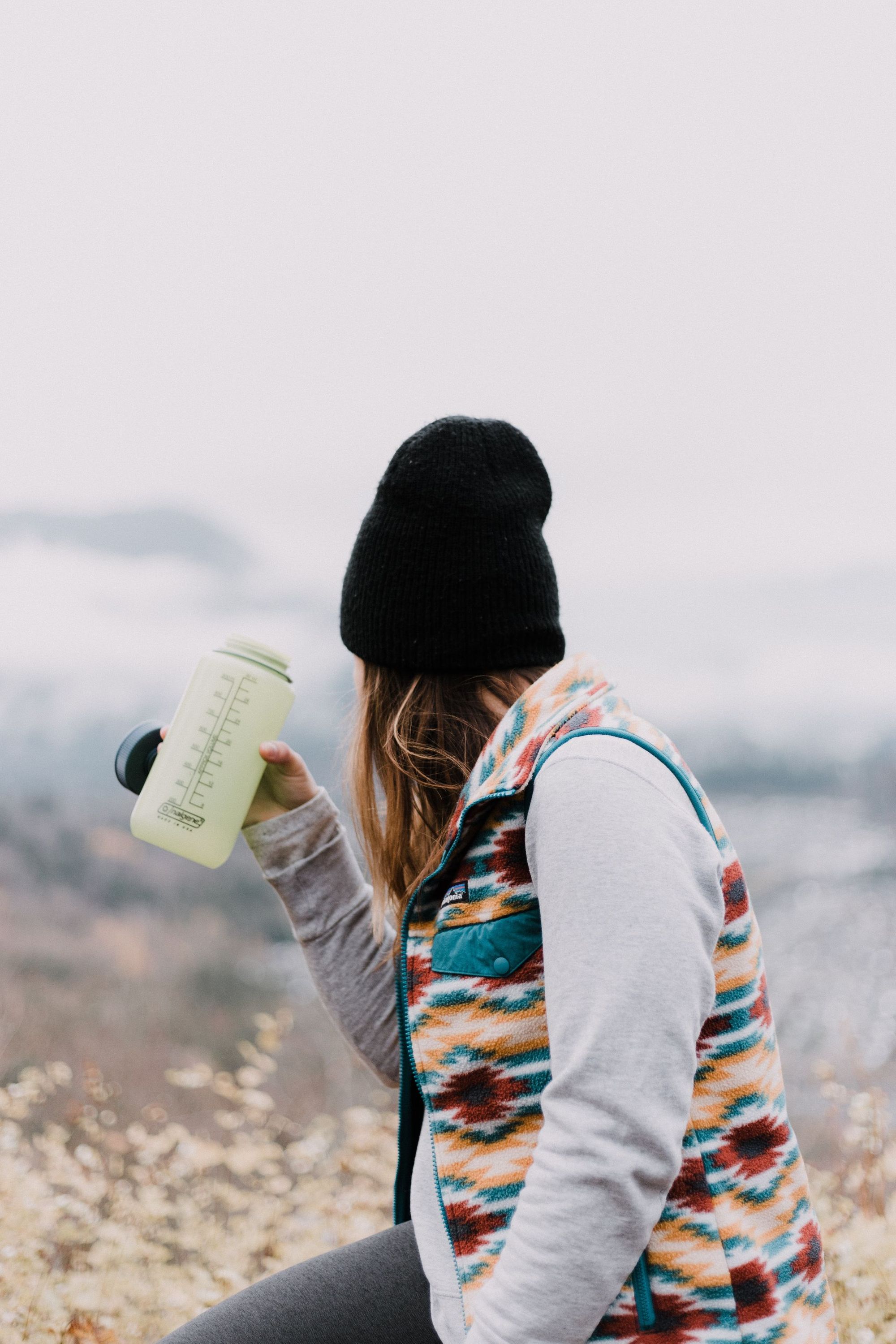
You think that your water bottle is just a water bottle? Some may be, but others offer an Arctic multi-functionality that can come in really handy on those cold evenings.
Some plastic water bottles don’t deform when you put boiling water in them, including the Nalgene bottle that I used on my trip.
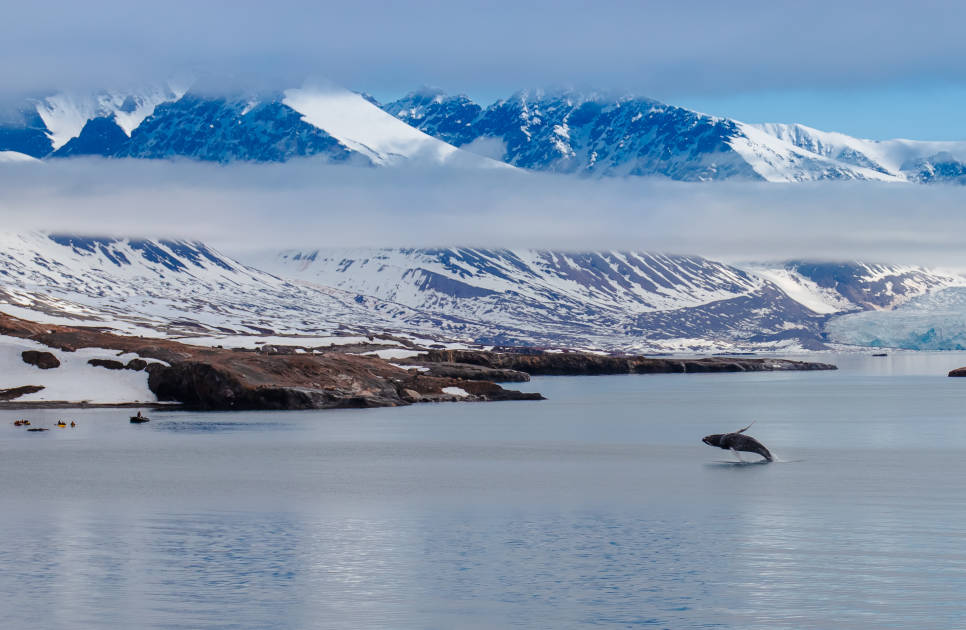
If you have a multi-functional water bottle, fill it with boiling water last thing at night, place it in one of your thick socks and put it in your sleeping bag – that way you have a ready-made hot water bottle for the night, and cool (or perhaps slightly lukewarm) drinking water in the morning.
Another benefit of the Nalgene bottle is that it has a very wide opening at the top and does not contain an integral straw, so there is less likelihood of your water supply freezing over during the day.
5. A good quality power bank
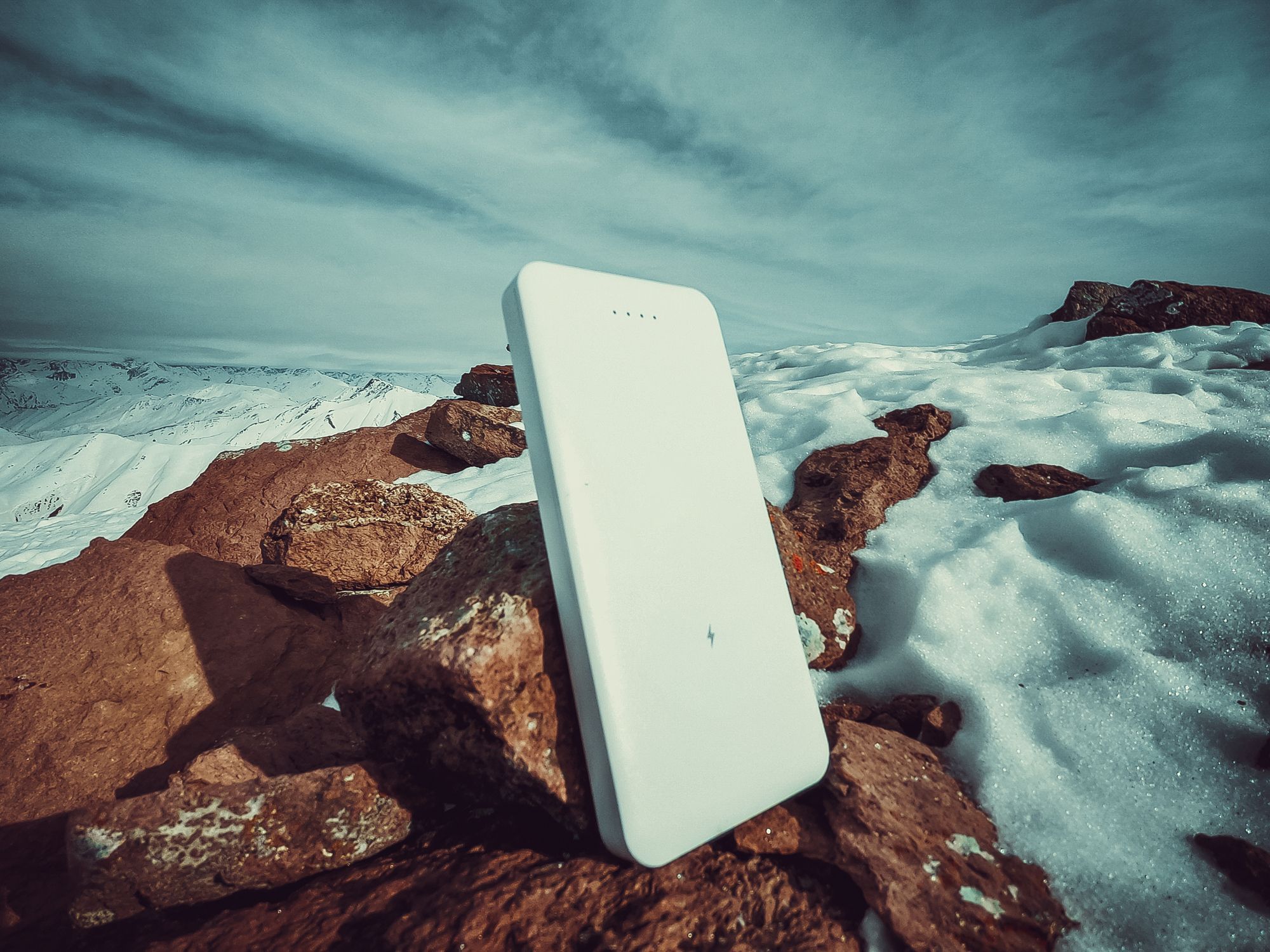
Unsurprisingly, you can’t charge electronic devices when you are camping, and batteries run down incredibly quickly in cold weather.
I used the Anker PowerCore III Elite 25600 60W to remedy this problem. It is quite big and bulky, and it is at the top end of the price range for power banks, but you do get bang for your buck. I found that I was able to fully charge my iPhone from dead on four occasions, and it was also able to top up my Garmin watch and head torch throughout the multi-day trek, with juice to spare.
Inspired? Check out our full range of adventures on Svalbard, now!


